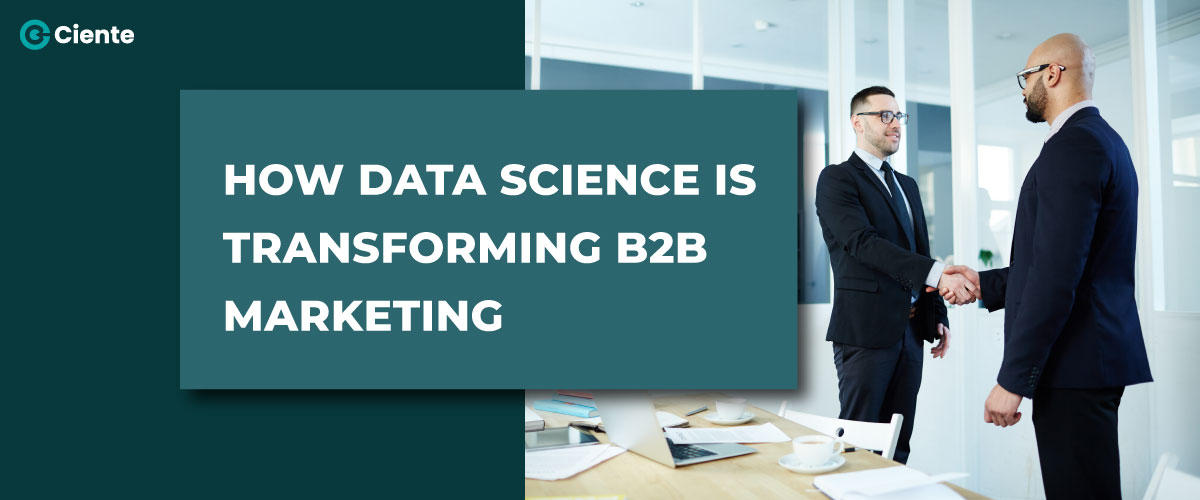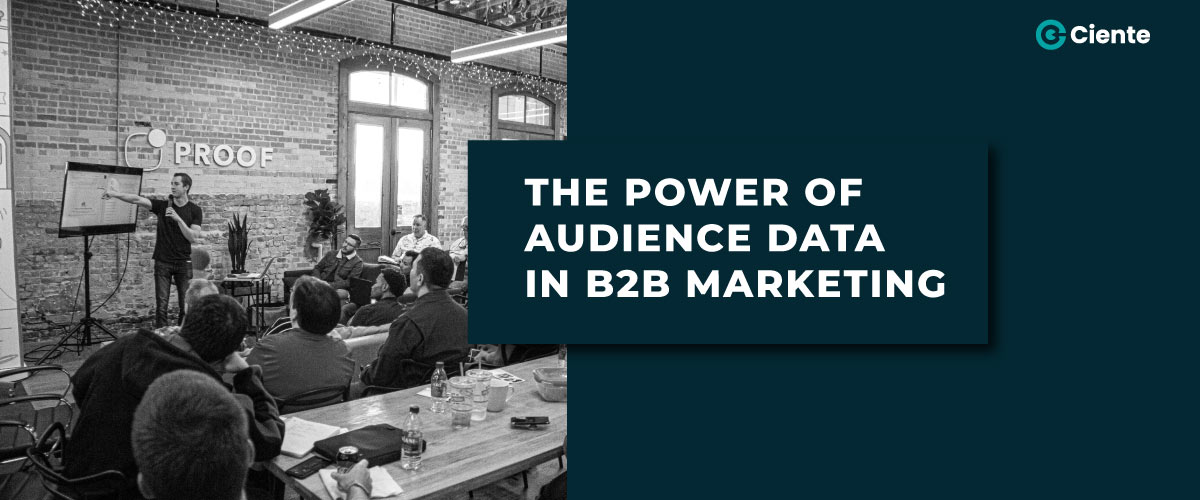
Why Business Intelligence is imperative for revenue growth in 2024
The Business Intelligence market growth is a testament to its

The Business Intelligence market growth is a testament to its

Dive into the pivotal impact of data science on B2B

Data analytics can immensely impact and improve a business’s decision-making

as technology continues to evolve, where do we draw the

Strategic decisions are based on in-depth research and varied inputs.